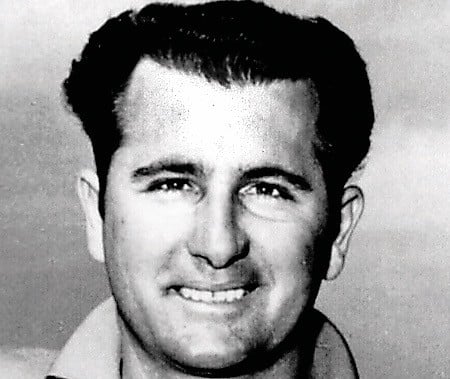Since 1960, there have been three major races that have been on the NASCAR Cup Series calendar.
One was the Coca-Cola 600, the longest race of the year, Along with the NTT IndyCar Series’ Indianapolis 500, it is one of two classic events traditionally on Memorial Day weekend.
The other, the ultimate test of man: the Southern 500, the most challenging track and the most challenging race. At one point, the great tradition was moved to May, before coming back to its customary Labor Day weekend event in the mid-2010s.
And then there is the Daytona 500. The fastest and richest event on the calendar, far and away the biggest race of the year in North America.
To win one of these races is a dream come true for any driver. To win multiple or even all three in a career is something unthinkable.
To win all three in a single year is almost impossible.
In the build-up to the 1969 Daytona 500, no driver had even won all three in a career yet. The legendary superspeedway stars of the 1960s, drivers such as Fireball Roberts and Fred Lorenzen, had failed to win at least one of them.
Junior Johnson had been one of them, only notching a Daytona 500 win in an otherwise incredible career. Since retiring from driving, Johnson had turned to focusing on building and managing his race team.
In 1968, Johnson hired LeeRoy Yarbrough to drive for him. Yarbrough, no relation to fellow driver and close friend Cale Yarborough, had won a couple of big races at Atlanta Motor Speedway and Charlotte Motor Speedway but hadn’t prevailed in any of the three big ones yet. Yarbrough was retained for the ride in 1969.
The 1969 Daytona 500 marked the 10-year anniversary of the very first Daytona 500. At that point, the first 500 was still hailed as the best iteration of the race, as it ended with a close finish between Johnny Beauchamp and Lee Petty.
Petty seemed to win the race, but track/NASCAR owner Bill France refused to confirm the finish until the film reel had been developed three days later. The close finish and days of deliberation helped to build the mystique of Daytona and helped it to pass all the others on the NASCAR circuit almost immediately in terms of prestige.
But in the years since, the Daytona 500 had largely been a snooze fest. Usually either Ford or Chrysler had a humongous advantage that allowed their premier drivers to turn the races into track meets.
1969 didn’t look so different at first. The Fords seemed to…
Click Here to Read the Full Original Article at …

